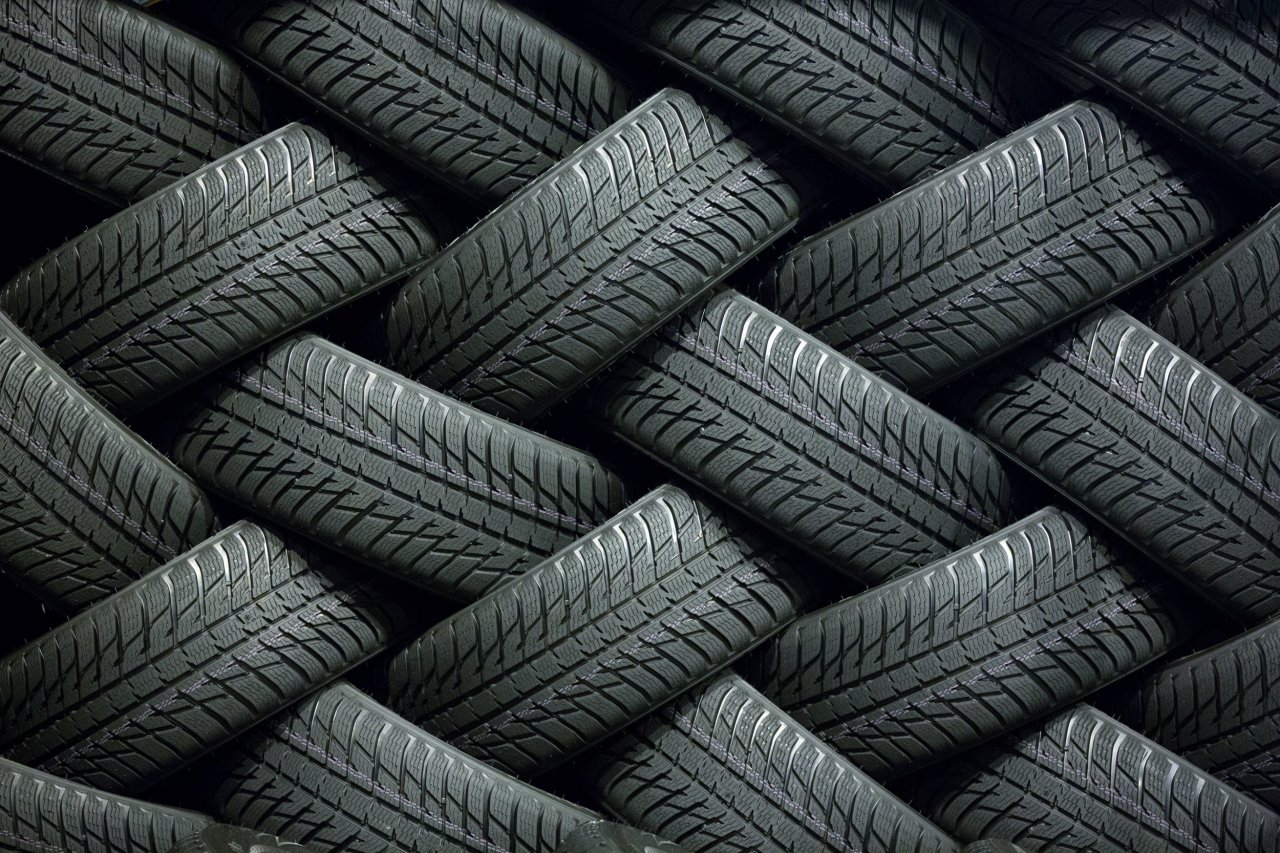Since 2001, when the gene of the compound needed to create rubber was first identified, there has been a lot of pressure on scientists and tire industries to get some traction in the search for eco-friendly rubber. Recently, researchers at the University of Minnesota discovered a method, published in the journal ACS Catalysis, that could make the industry greener by using carbon from natural sources such as grass, trees and corn instead of fossil fuels like petroleum. Since the price of corn is much cheaper than the price of petroleum, the researchers hope this process is cheaper for the tire industry to adopt.
"This could have a large impact on the major tire companies and the chemical industry," says Paul Dauenhauer, lead researcher and an associate professor of chemical engineering and materials science at the university.
The process yields isoprene, the main compound needed to create rubber. Isoprene is developed by taking large petroleum molecules, heating them up to break them apart and separating the isoprene from hundreds of other products. According to the Rubber Manufacturers Association, each tire produced takes 7 gallons of oil—2 gallons power manufacturing, while 5 gallons are feedstock for the creation of isoprene. "We have a really good chance of making this a viable process," says Marc Hillmyer, director of the university's Center for Sustainable Polymers. "It could also get the cost [of tire production] down a little bit."
The process involves three steps: fermenting sugars, like glucose, turning it into itaconic acid. The acid is then exposed to hydrogen; they react to form a chemical called methyl-tetrahydrofuran. The third step was made possible by the researchers' discovery of a new class of catalysts: phosphorus zeolite. Phosphorus self-pillared pentasil is a type of phosphorus zeolite that made the renewable isoprene possible. This catalyst reacts with the methyl-tetrahydrofuran to create isoprene.
"Why this works so well that we don't understand," Dauenhauer says. "It's kind of a mystery how this catalyst is so amazing."
With 10 researchers on the project, eight from the University of Minnesota and two from the University of Massachusetts Amherst, collaboration was a key factor in the success of the project. Daunhauer likens the partnership to a "bank heist," since the expertise of each researcher made the project run more efficiently.
He now wants to test phosphorus zeolite with other conventional petroleum technologies in the hopes of learning how the newly discovered catalyst class works. But he warns that making the process work for the tire industry might take some time.
"This has a lot of promise," says Dauenhauer. "You have to scale this up using large facilities, and the journey from discovery to large scale could take years."
The Rubber Manufacturers Association reports that 70 percent of all rubber is synthetic and that 90 percent of the natural rubber supply comes from Asia, where rainforests are being cut down to make room for rubber trees. Producing natural rubber is also laborious: After harvesting the tree, latex is collected, processed, refined and coagulated. Rubber is then teased out of the latex.
This process is just as bad for the environment as creating synthetic rubber from fossil fuels. Deforestation and fossil fuels are equal contributors to climate change, says Eric Singsaas, strategic initiative director of the Wood Products and Bioeconomy group at the University of Minnesota's Natural Resources Research Institute.
"We try to start with a biological source and economically compete with the fossil fuel source," says Frank Bates, a professor of chemical engineering and material science and a member of the executive committee at the university's Center for Sustainable Polymers. "That's what's called good chemical engineering."





















